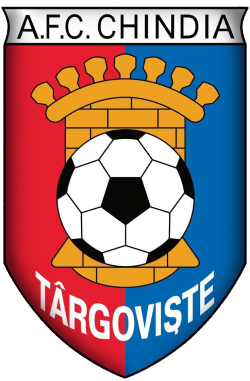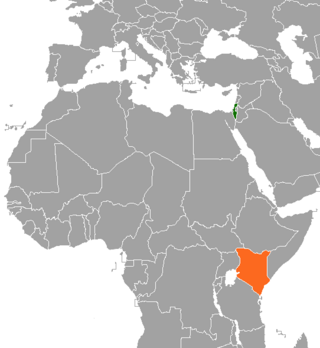Libitina, also Libentina or Lubentina, is an ancient Roman goddess of funerals and burial. Her name was used as a metonymy for death, and undertakers were known as libitinarii. Libitina was associated with Venus, and the name appears in some authors as an epithet of Venus.

SfakianakisGroup is a Greek company that primarily focuses on the import, distribution, and trading of automobiles, trucks, and buses employing over 2800 in 6 countries in 2014.. The company has been in operation for several decades and has established itself as a prominent player in the Greek automotive market. It is known for representing and distributing various international brands, including Mercedes-Benz, Setra, and other well-known manufacturers.
Bogdan Bucurica is a Romanian footballer who plays as a defender for CSU Alba Iulia.

Fotbal Club Municipal Târgoviște, commonly known as FCM Târgoviște, was a Romanian football team based in Târgoviște, Dâmbovița County, founded in 1948 and disbanded in 2018.
Alpanu sometimes spelt Alpnu or Alpan was an Etruscan goddess of the underworld. She is shown as wearing jewellery, a loose cloak, and sandals. She is otherwise naked, and for this reason is believed to also have been a goddess of sexual activity.

Asociația Fotbal Club Chindia Târgoviște, commonly known as Chindia Târgoviște or simply Chindia, is a Romanian professional football club based in Târgoviște, Dâmbovița County, that competes in the Liga II.

Israel–Kenya relations are foreign relations between Israel and Kenya. The countries established diplomatic relations in December 1963. Israel has an embassy in Nairobi. Kenya has an embassy in Tel Aviv.
Saýat District is a district of Lebap Province in Turkmenistan. The administrative center of the district is the town of Saýat.

At the Bar is a 2007 Turkish crime drama film, written and directed by Serdar Akar based on a real-life event that happened in Ankara, Turkey in 1997, featuring Nejat İşler as the head of a gang which brutalises, murders and rapes a group of young friends. The film, which went on general release across the country on February 2, 2007, was shown in competition at the 26th Istanbul International Film Festival and marketed as the most violent Turkish film ever made.

The Kızıldere Geothermal Power Plant is a geothermal power plant located at Kızıldere village of Sarayköy district in Denizli Province, southwestern Turkey. The initial power plant with 15 MW installed capacity was expanded in the second phase about 80 MW to 95 MW in total, making the facility Turkey's biggest geothermal power plant. It is planned to expand the power plant in a third and fourth phase.
İhtiras Fırtınası is a 1983 Turkish romantic drama film, directed by Halit Refiğ and starring Gülsen Bubikoglu, Cihan Ünal, and Zuhal Olcay.
Wild Desire is a 1953 Turkish drama film directed by Enver Burçkin and starring Ayhan Işık, Mesiha Yelda and Ahmet Tarik Tekçe.
The Bloody Farm is a 1953 Turkish drama film directed by Faruk Kenç.
Selen Öztürk is a Turkish actress.
Leyla Göksun is a Turkish actress.
The 1962 attempted coup in Turkey was led by the Commander of the Turkish Military Academy, Staff Colonel Talat Aydemir and his associates, who were opposed to the democratically elected government in Turkey. Despite taking control of much of Ankara, the coup leaders quickly realised they could not prevail and surrendered without any loss of life occurring. Talat Aydemir went on to lead a further coup attempt in 1963.
Pegunigalsidase alfa, sold under the brand name Elfabrio, is an enzyme replacement therapy for the treatment of Fabry disease. It is a recombinant human α-galactosidase-A. It is a hydrolytic lysosomal neutral glycosphingolipid-specific enzyme.
Subaba tomb is a mausoleum and historical architectural monument located in the Alpan village of the Quba district of Azerbaijan. The tomb was built in the 16th century.
Nexhip Alpan (1920–2003), also known as Necip Alpan in Turkish, was a multifaceted figure who made contributions in various fields, including Albanology, pedagogy, educational activities, journalism, and science.







